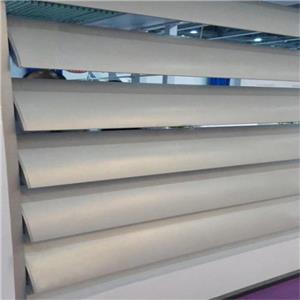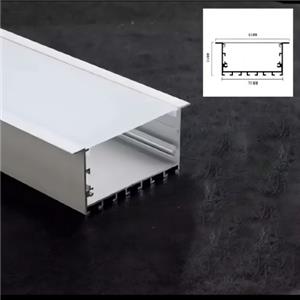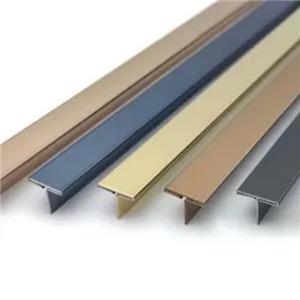Three major principles for purchasing industrial aluminum profiles
Industrial aluminum profiles are an alloy material with aluminum as the main component. Aluminum rods are heated and extruded to obtain aluminum materials with different cross-sectional shapes, but The proportion of added alloys is different, and the mechanical properties and application fields of the industrial aluminum profiles produced are also different. Industrial aluminum profiles refer to all aluminum profiles except aluminum profiles for building doors, windows, curtain walls, indoor and outdoor decoration and building structures.
Features
After the surface of industrial aluminum profiles is oxidized, it has a beautiful appearance and is stain-resistant. During assembly, profiles of different specifications are used for different load-bearing loads, and matching aluminum profile accessories are used, without welding. It is easy to install and disassemble, lightweight and very convenient to move.
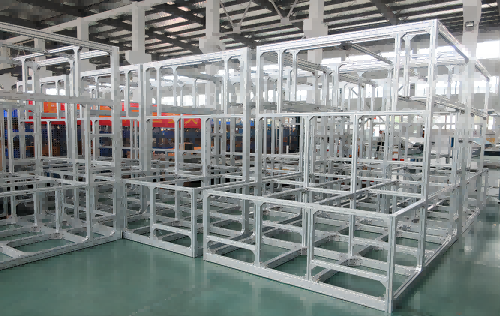
Indurstial aluminum profile track
Present situation
There are about 300 kinds of alloys and 1,500 varieties of aluminum processing materials in China, making it one of the countries with the richest product varieties in the world. Among the numerous varieties of aluminum processing materials, a large number of internationally advanced products and national famous brand products have emerged, representing the mainstream direction of the development and application of modern aluminum processing technology in our country.
Trademark
6061 requires various industrial structures with certain strength, weldability and high corrosion resistance, such as tubes, rods, profiles and plates for manufacturing trucks, tower buildings, ships, trams, furniture, mechanical parts, precision machining, etc.
6063 Industrial profiles, construction profiles, irrigation pipes and extruded materials for vehicles, benches, furniture, fences, etc.
7050 aircraft structural parts use medium and thick plates, extrusions, free forgings and die forgings. The requirements for alloys in manufacturing such parts are: high resistance to spalling corrosion, stress corrosion cracking ability, fracture toughness and fatigue resistance.
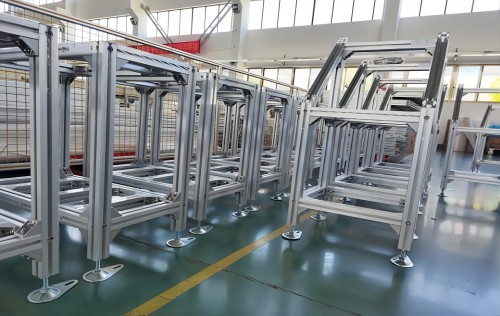
Customized Indurstial aluminum track profiles
Three major procurement principles
First: Don’t choose a supplier with very low prices
Aluminum profile cost = spot price of aluminum ingots + processing fee for extruded aluminum profiles + packaging material fee + freight.
Why are aluminum profiles significantly lower than the market price?
The first case: the weight per meter is less,
The second case: the aluminum ingots are recycled scrap aluminum,
The third case: they are not sold according to the actual meters.
Second: Don’t choose suppliers who only know how to sell materials
There are some suppliers who can do business by preparing some goods, recruiting a few salesmen, and vigorously promoting their products online. It is the buyer who is harmed. Most of their salesmen don't know how to use it, they only know the unit price. They cannot accurately recommend how to use it to meet customer needs, how to design it to achieve the highest cost performance, and which connection method is best in different venues.
The salesperson will recommend a connection method that is the lowest cost, but requires the most labor and has the lowest strength. The convenience of aluminum profiles cannot be reflected at all, and it will also cause trouble for future modifications.
Third: Choose a real production aluminum profile supplier
Aluminum profile suppliers that focus on production are worth choosing. Generally, those who have been engaged in this industry for more than 5 years have rich practical experience and have a good understanding and mastery of product quality and performance. They will recommend cost-effective products that suit customers' needs and choose convenient and practical accessories.
Suitable applications for industrial aluminum profiles: production lines, assembly line operation workbenches, office partitions, screens, industrial fences and various frames, display racks, shelves, mechanical dust-proof seals, etc.

